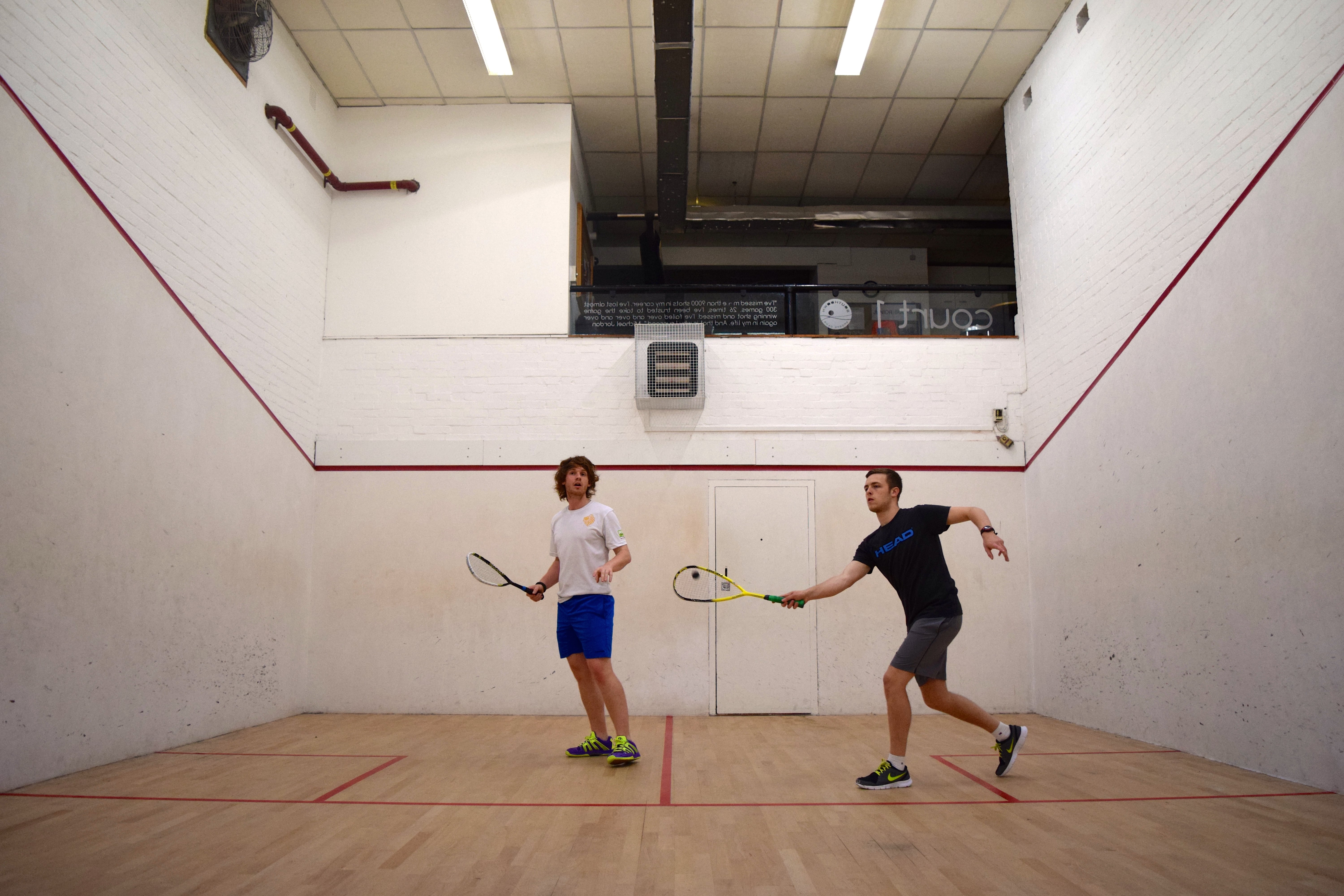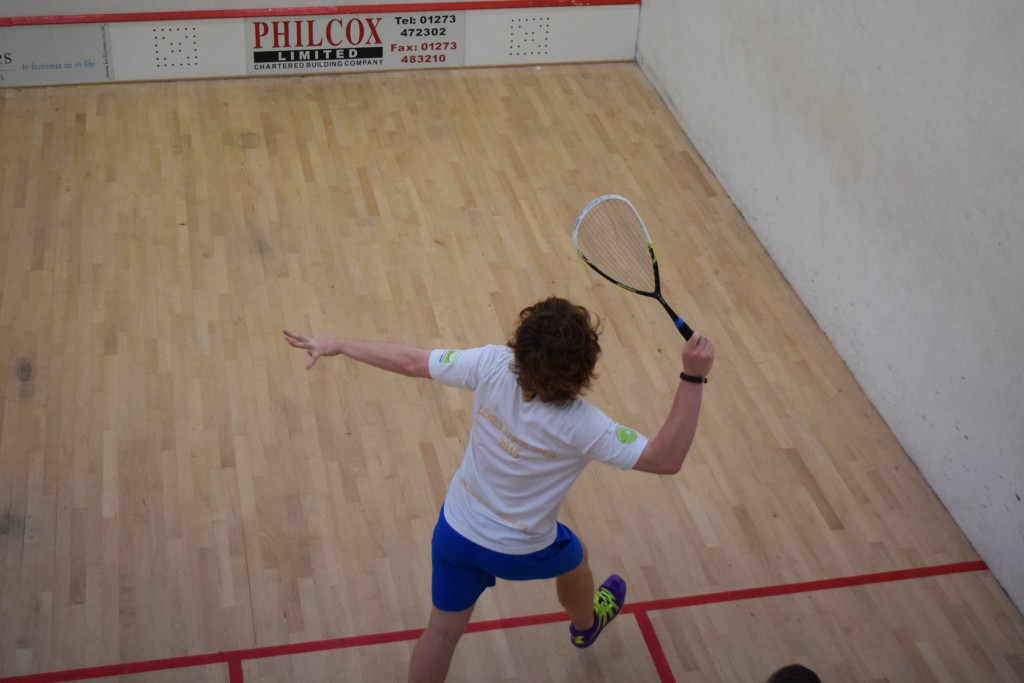Doing more than just starting the rally.
I probably don’t need to use any more of our server’s memory talking about how important the serve is in squash and how undervalued it is by most squash players. I do though have a quick suggestion for how you can make the average serve more difficult to volley and return in general.
For more detailed information on how to play a serve, check out our page on the different types of serves and how to play them here.
Hitting the side wall
Most people who play squash enough understand you want your serve to hit the side wall – unless of course you are deliberately playing an awkward body serve. A returner may find a serve that hits the side wall difficult to return because there is little room between the ball and the wall, or because the ball has come off the wall at a funny speed or angle.
However, even when your serve hits the side wall, a competent player can still attack it on the volley. What separates a really effective serve from a passable serve is where it hits the side wall. The majority of serves hit the side wall in the service box, which means that it bounces off the side wall towards the middle and into space, providing a very comfortable volley opportunity for the returner. If however, the ball strikes the sidewall behind the service box, the volley is much harder to execute as the ball is getting towards the back wall very quickly and the returner will generally be forced backwards, which in itself is a tricky situation to find yourself in.
Check your serves and see at what point the ball is hitting the side wall. If it is in the service box area, your serve will rebound into more comfortable surroundings. If the connection with the side wall is taking place deeper in the back corner behind the service box, then your opponent will have less space and less time to play their shot, which will typically force a weaker return and give you an early advantage.




